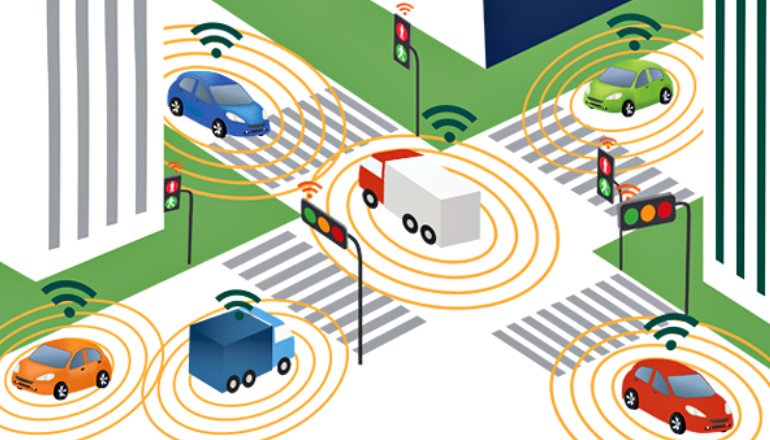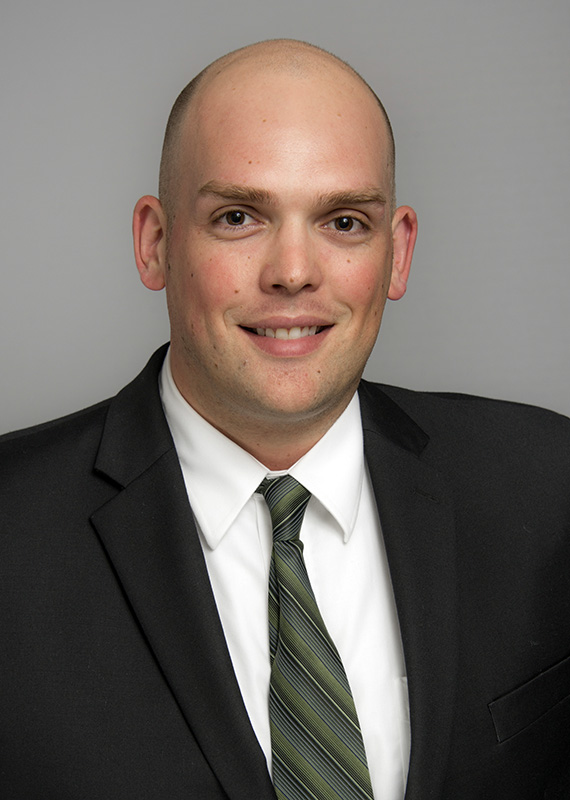
The emergence of connected and autonomous vehicles will not only come from the evolution of traditional transportation means, but from innovation in systems and infrastructure. As cars get smarter, so must the roadways on which they travel.
Funded by a 2015 Wayne State seed grant, Stephen Remias is leading a project called ITSWayne, which will allow his research team to collect data crucial to intelligent transportation systems (ITS). His vision is to create a testbed on campus that will use existing traffic detection methods to develop new technology for traffic engineering, performance measurement, network communications and public safety applications.

“This testbed will serve as a living lab for the students and faculty at Wayne State University, as well as researchers and engineers in the region,” said Remias, an assistant professor of civil and environmental engineering who worked with computer science faculty members Hongwei Zhang and Jing Hua to take a systematic approach to understanding the synergy between ITS and connected vehicles.
The research team is partnering with transportation engineers from the City of Detroit to begin this lab at the intersection of Warren Avenue and Anthony Wayne Drive, mere steps from Wayne State’s engineering building. They will deploy a variety of real-time traffic technology elements including cameras, magnetometers, microradar detectors, and LiDAR technology.
Development and testing of new detection products, wireless networks for automated transportation and communication between vehicles and pedestrians, and a 4D vision system for smart transportation and public safety are among the many potential ways the testbed can be utilized.
“The goal of this living lab is to provide the research community with an environment to move the state of practice forward,” said Remias. “We expect that the new technologies can make our roads and transit systems safer, greener and more efficient.”
Remias acknowledges that there are flaws in existing approaches, including an over-reliance on offline or simulation-based data as well as slow or segregated research endeavors. He envisions ITSWayne as a way to cultivate an interdisciplinary and adaptive environment to support changes in technology and interaction between students and researchers across multiple engineering and scientific communities.
This particular intersection, which is undergoing reconstruction this fall, was deemed ideal not only because of its proximity to campus but also due to the traffic levels — accommodating more than 25,000 vehicles per day — high pedestrian volumes and bike lanes.
Collaborating with the City of Detroit will not only ease the logistical challenges of this project, but will provide the city with greater operational resources, performance and safety measures and guidelines for future installations as the goal is to grow the project from a single intersection.
“ITSWayne is the beginning of a greater effort at Wayne State to develop a connected campus and, even further, a connected city,” said Remias.
As the testbed is developed, the team expects to earn additional funding to widen the scope of the project and fill a void in current research that will allow Wayne State to be a leader in smart transportation infrastructure.
